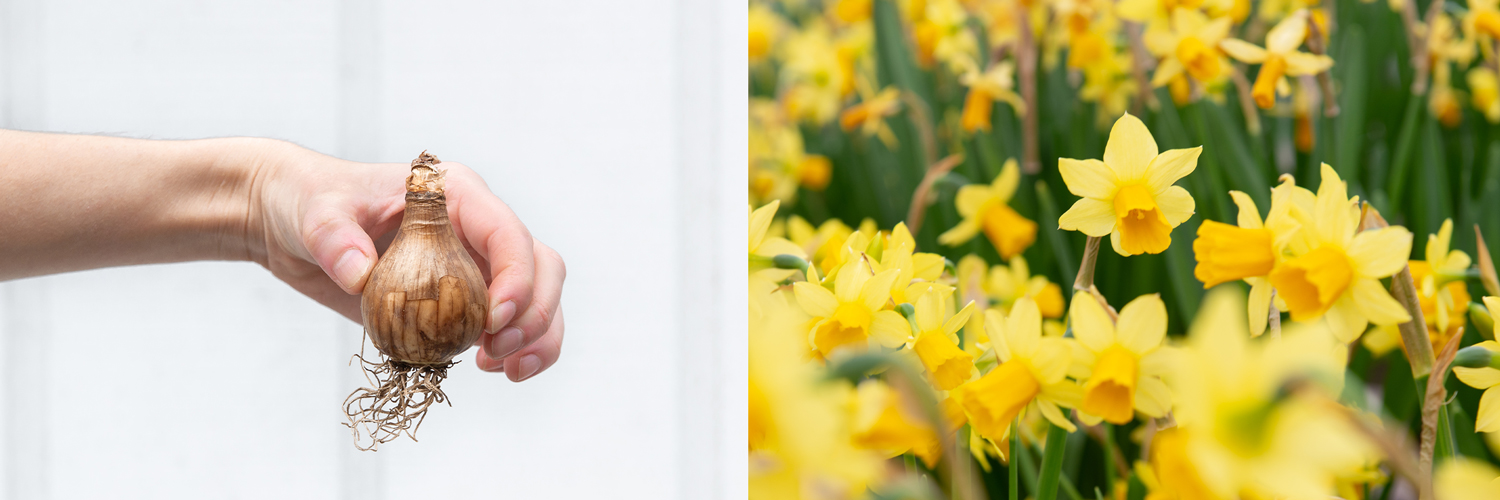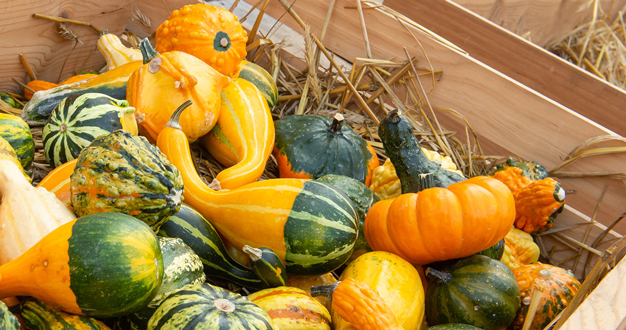
Tulips. Daffodils. Hyacinths. We plant their bulbs in the fall with the anticipation of another beautiful spring to come. Looking at them now, it seems impossible that these drab, papery things could ever become something bright, colorful, and for some, even wonderfully fragrant. But they do – and spring wouldn’t be the same without them. To really appreciate this almost-magical transformation, we’ve gathered some of our favorite spring-blooming bulbs and placed them side-by-side with the blooms they’ll eventually become – along with a few of the qualities that make each one special in a spring bulb garden.
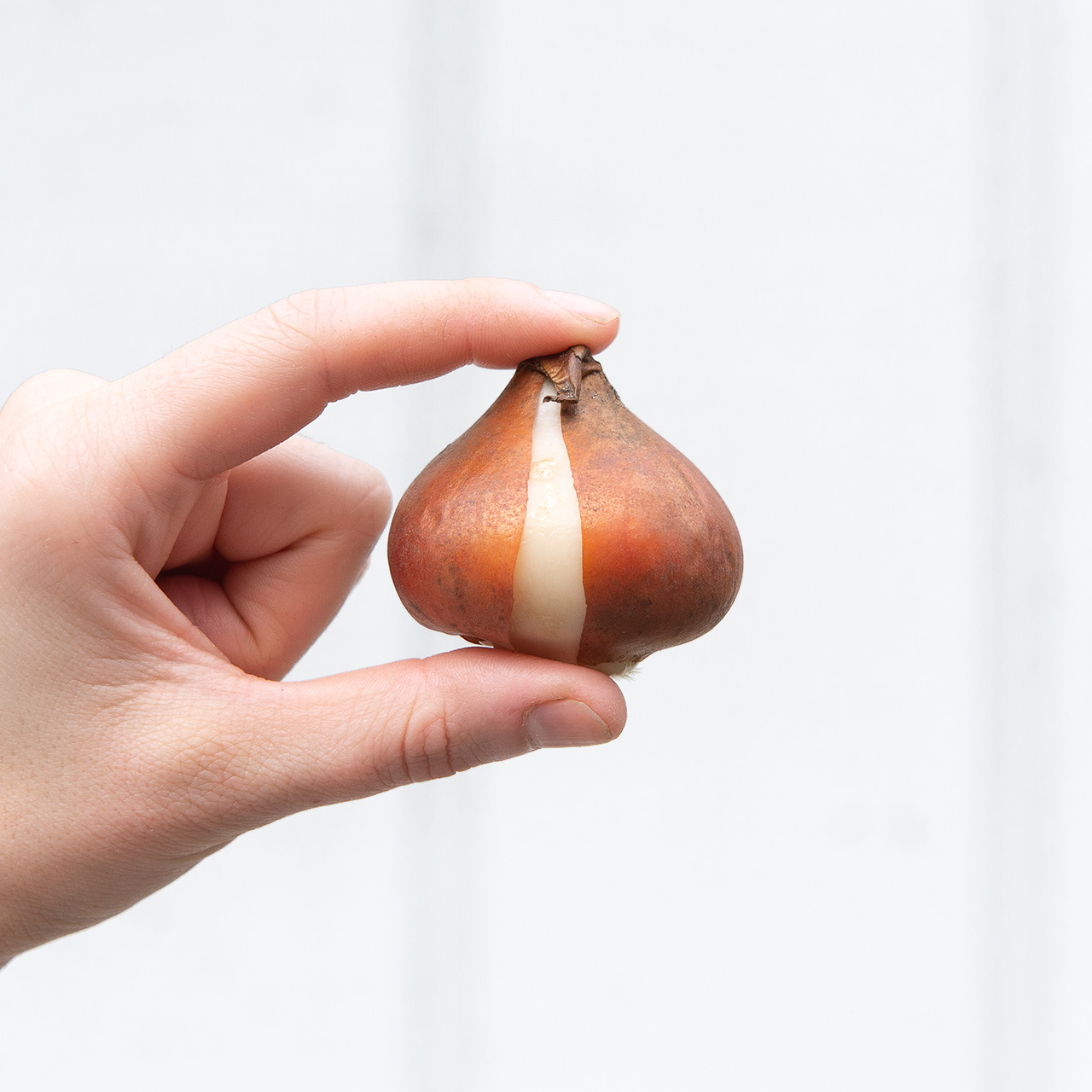
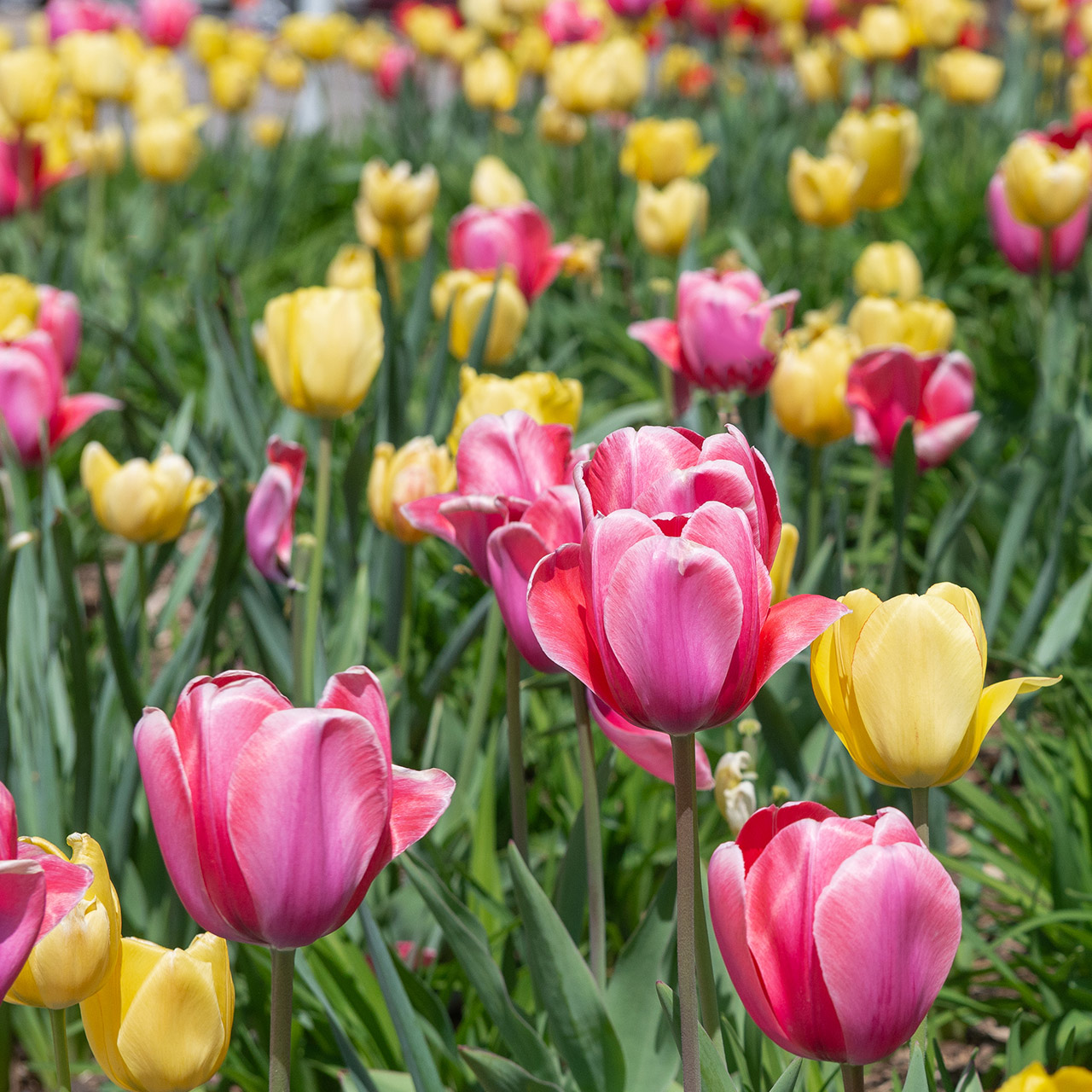
Tulips
For many gardeners, tulips are the classic spring flower, making them an important foundation for every bulb garden. There are several different classifications of tulips to choose from – Triumph, Viridiflora, and Parrot, to name a few – each with its own selection of cultivars and unique characteristics. Some tulips bloom as early as March and some later in May, but most show their color in mid-spring along with the daffodils and hyacinths. Tulips can range in height too – from the tiny 5-inch species tulips to the Darwin hybrids that can reach almost 2 feet tall. And the variety of colors is outstanding. You can find a tulip in almost any color you’d like from shades of red, to yellow, orange, white, and purple, plus bi-colored and striped ones too.
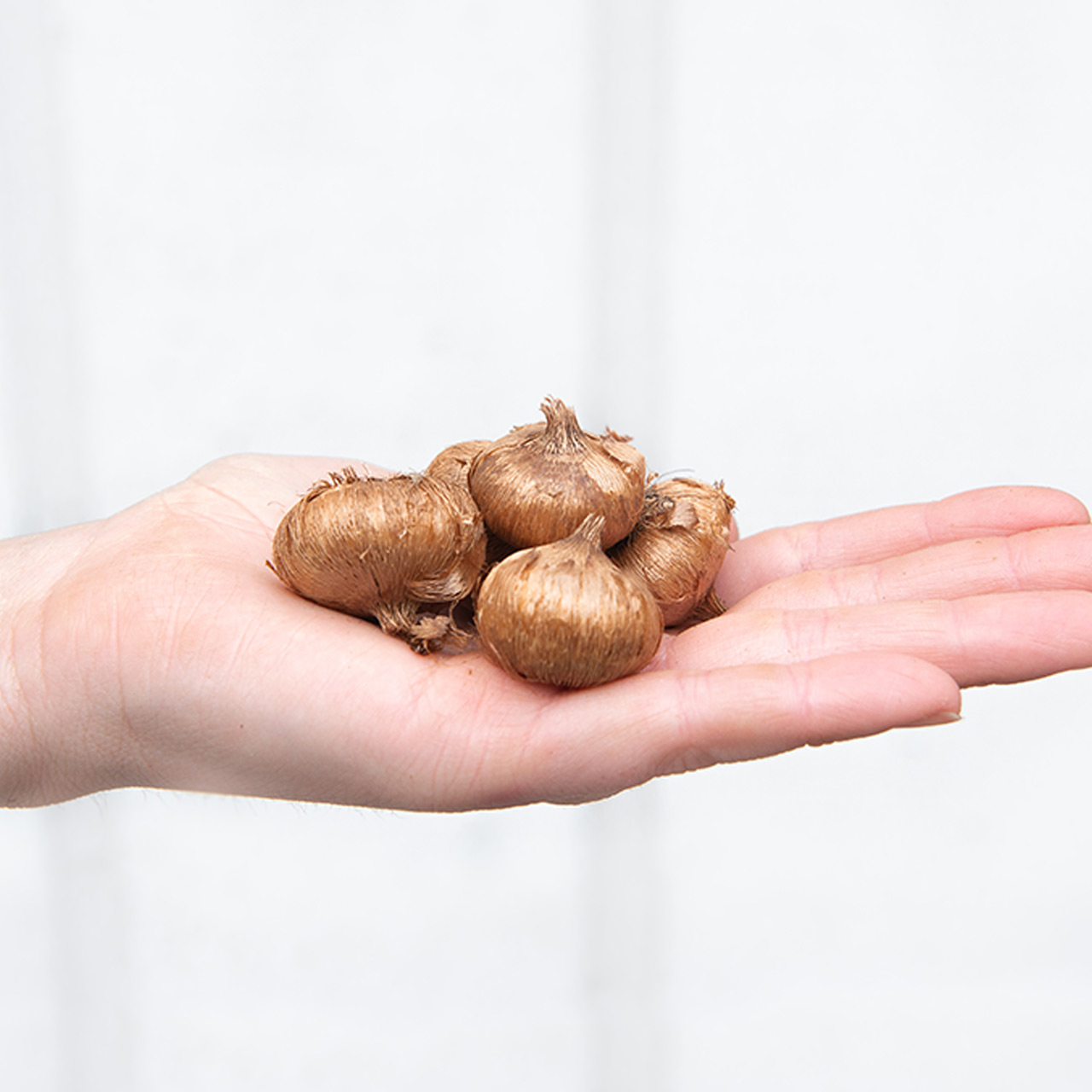
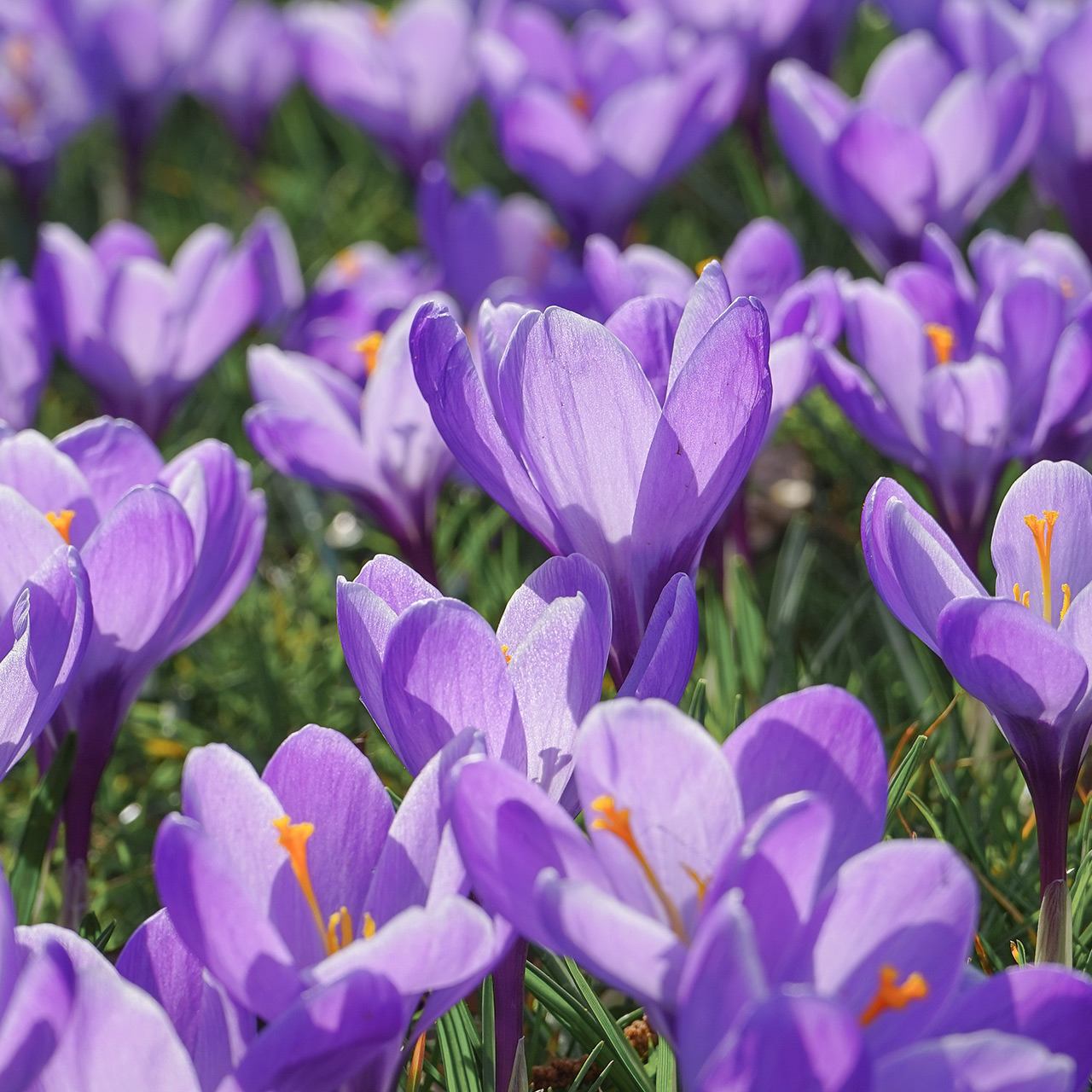
Crocuses
Appearing in mid- to late-March – when there might even be snow on the ground – crocuses provide one of our first hopeful signs that winter will eventually end. At only 3-4 inches tall, they’re also one of the most diminutive of the spring blooming bulbs. But what they lack in height, they make up for in pretty, pastel colors and abundant pollen – crocus blooms are an important early-spring food source for bees. So they make a great addition for the pollinator garden. Crocuses are also great naturalizers, meaning they’ll return reliably year after year as they multiply and spread naturally beyond the space they were first planted.
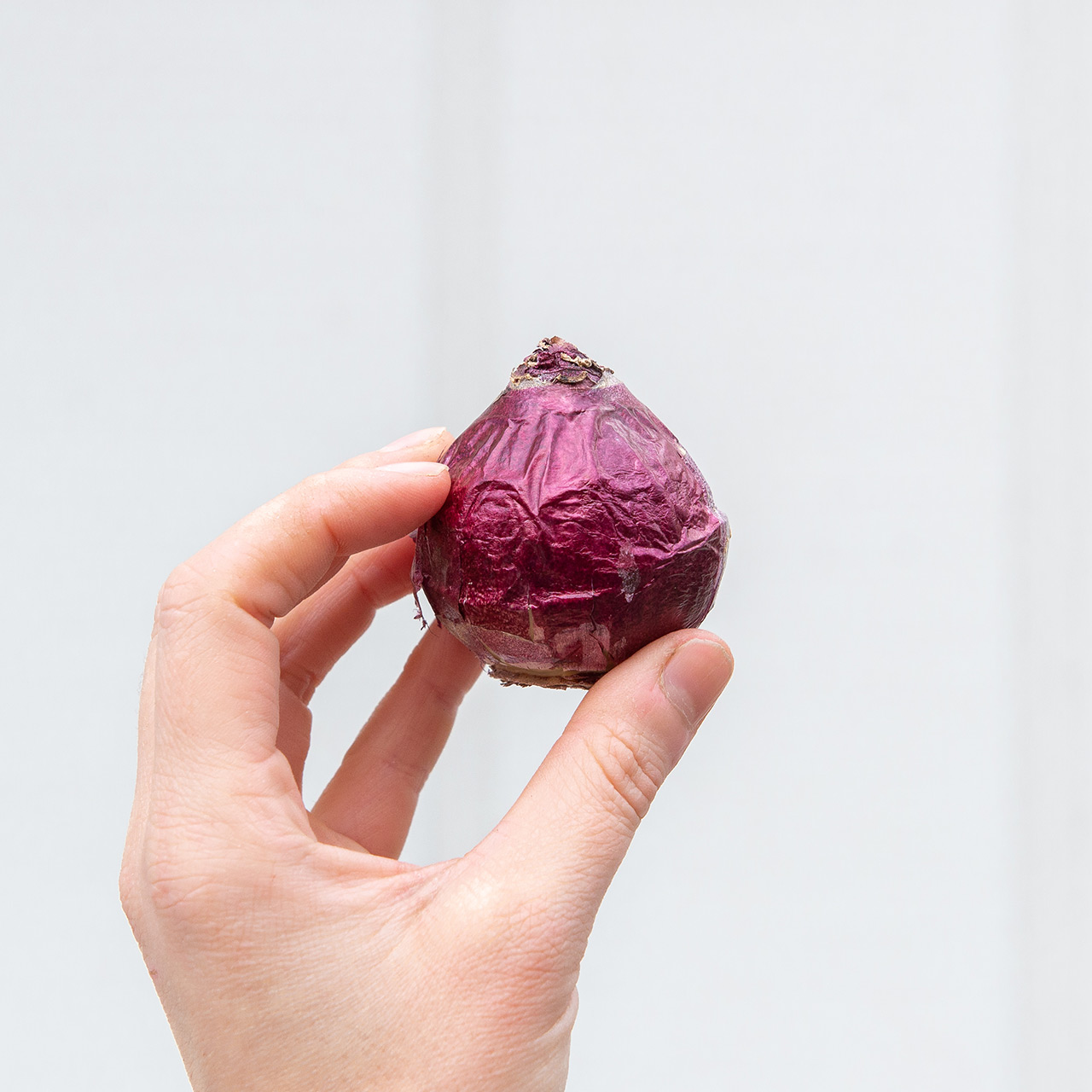
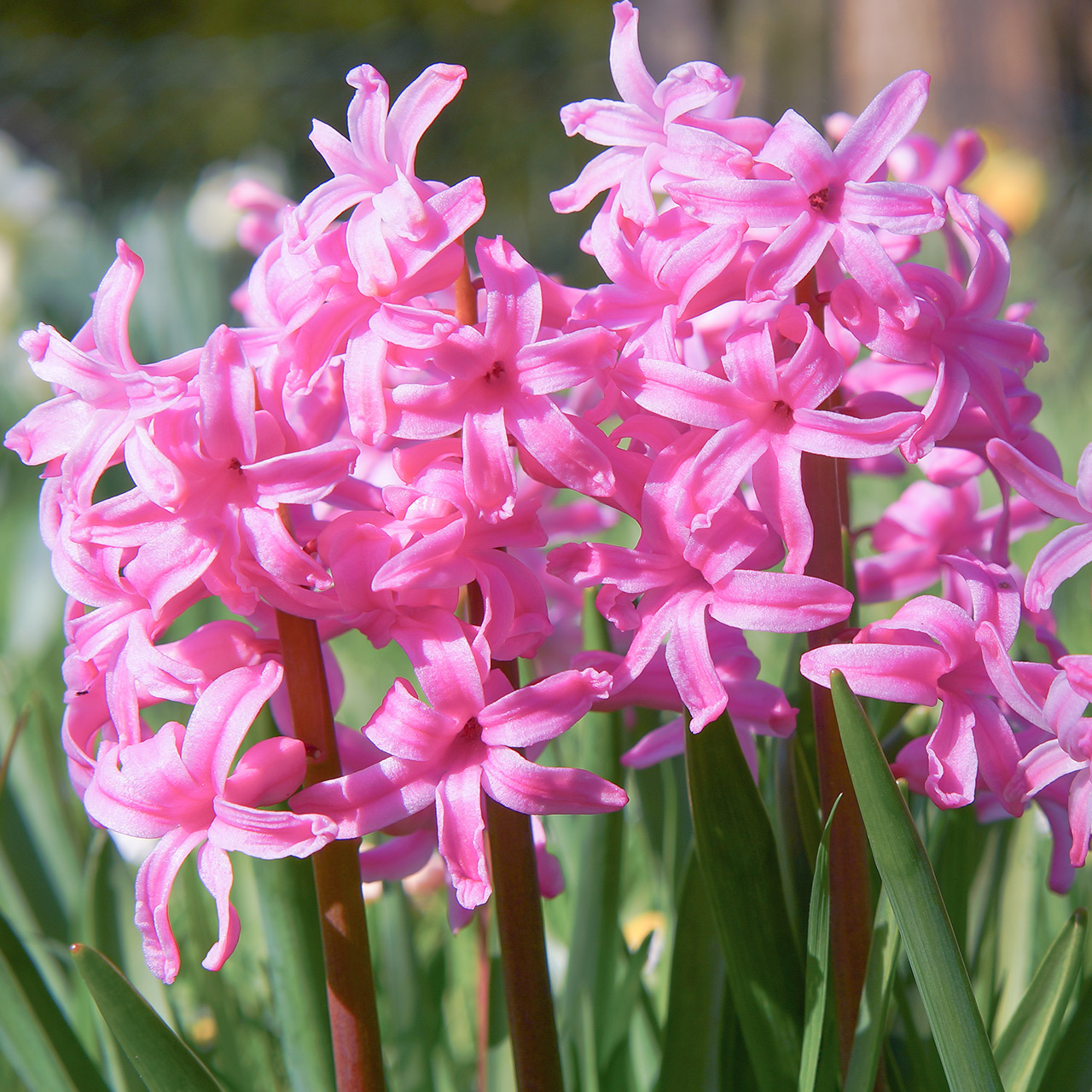
Hyacinths
Hyacinths grow 10-12 inches tall, and their multi-flowered blooms come in rich, jewel-toned shades of purple, blue, pink, cream, peach, and white. Hyacinth blooms appear in early- to mid-spring, and they’re also deer-resistant. But what gardeners love most about hyacinths is their heady fragrance that drifts all throughout the landscape. Plant a few extra for cutting to bring that lovely scent indoors too.
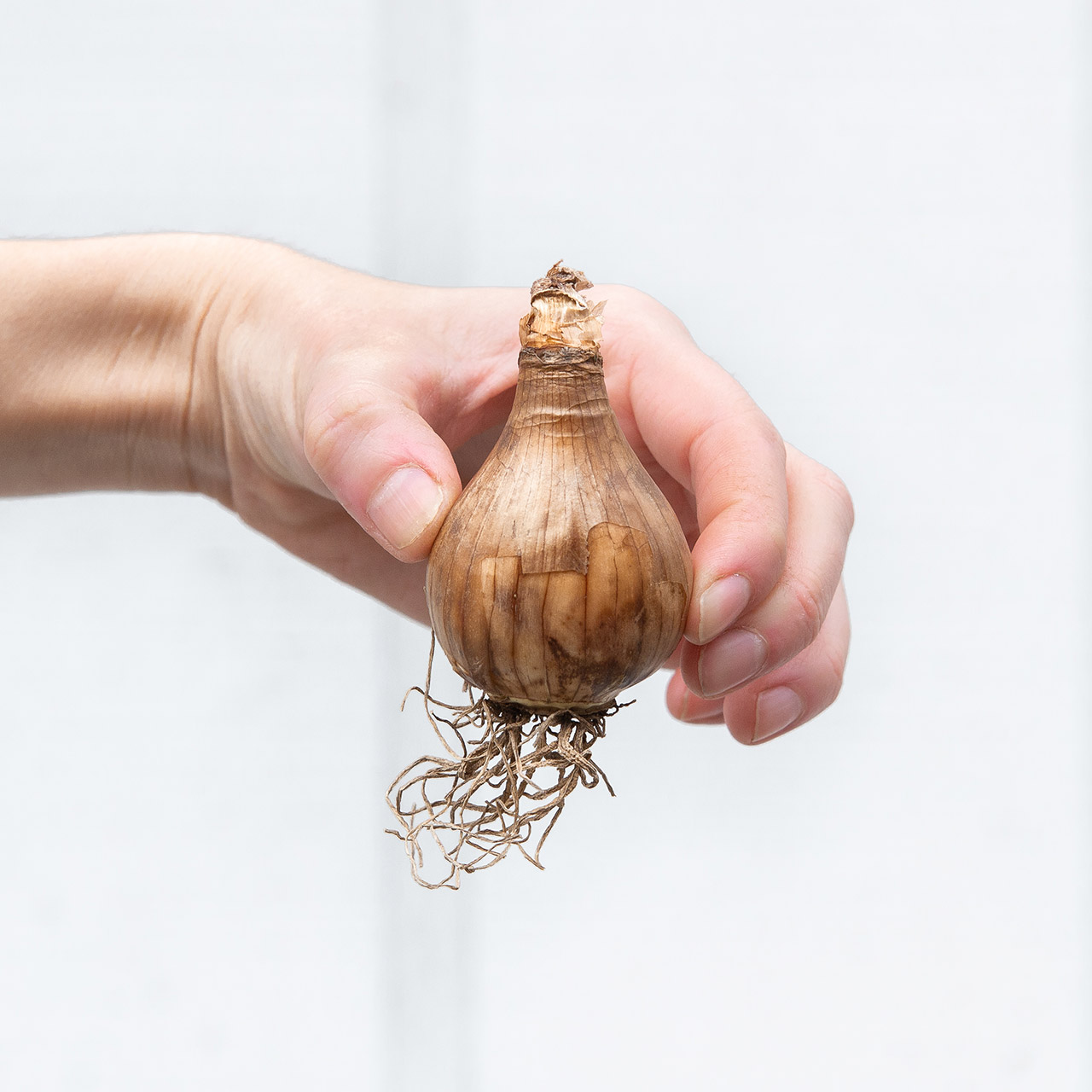
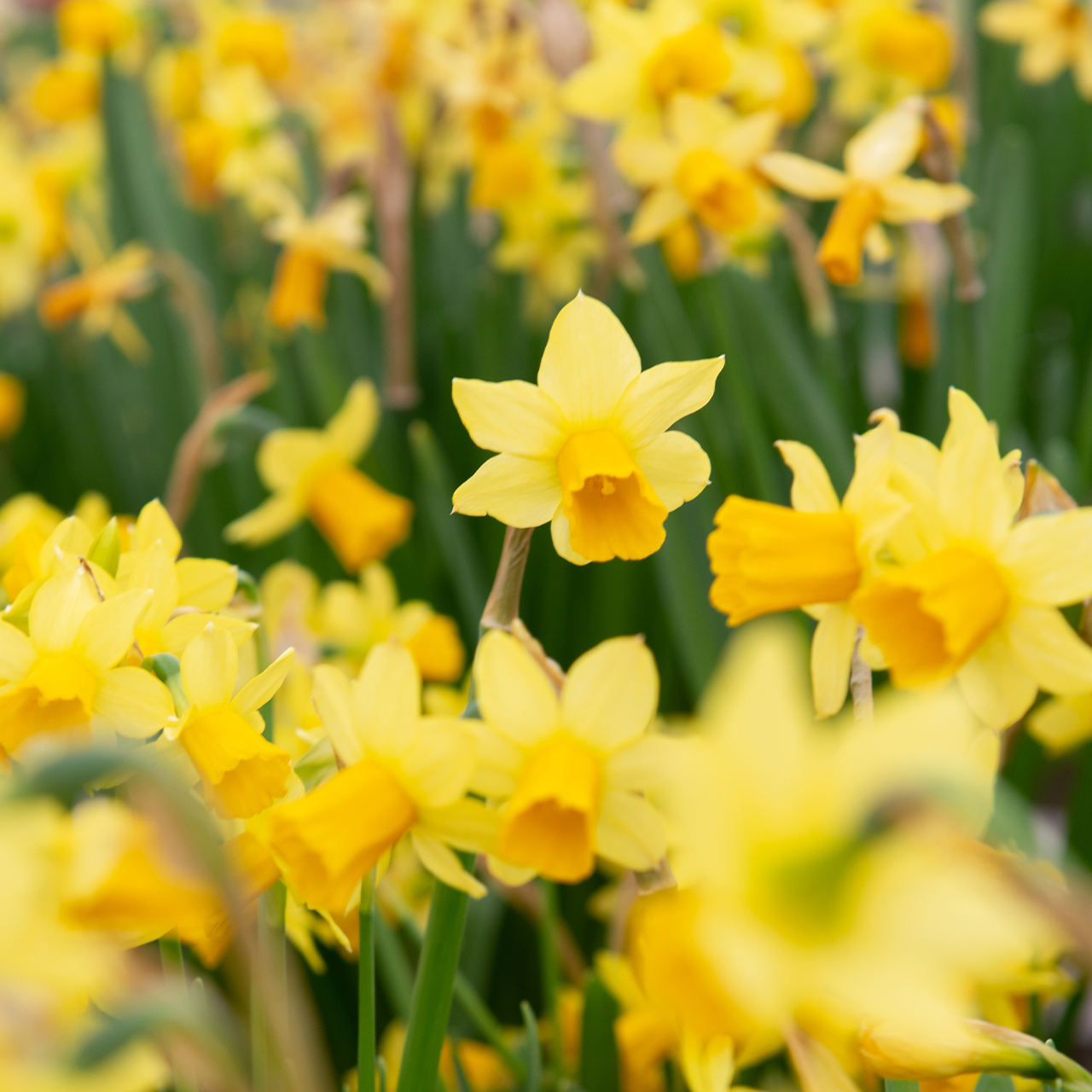
Daffodils
Daffodil is the common name for members of the genus Narcissus which also includes paperwhites and the multi-flowered jonquils. Daffodils are famous for their interesting bloom structure, which consists of a forward-facing cup backed by a flat ring of petals. The classic daffodil is bright yellow with both cup and petals the same color, but you’ll find fascinating bi-colored daffodils, some with ruffled double petals, and some whose cup is split into a star-like shape. In general, daffodils bloom in mid-spring, and they come in an array of sunny yellow, orange, and white. They’re also deer-resistant – and rodents avoid the bulbs too. Daffodils generally grow 14-16 inches tall and are great naturalizers that will spread and appear year after year in your landscape.
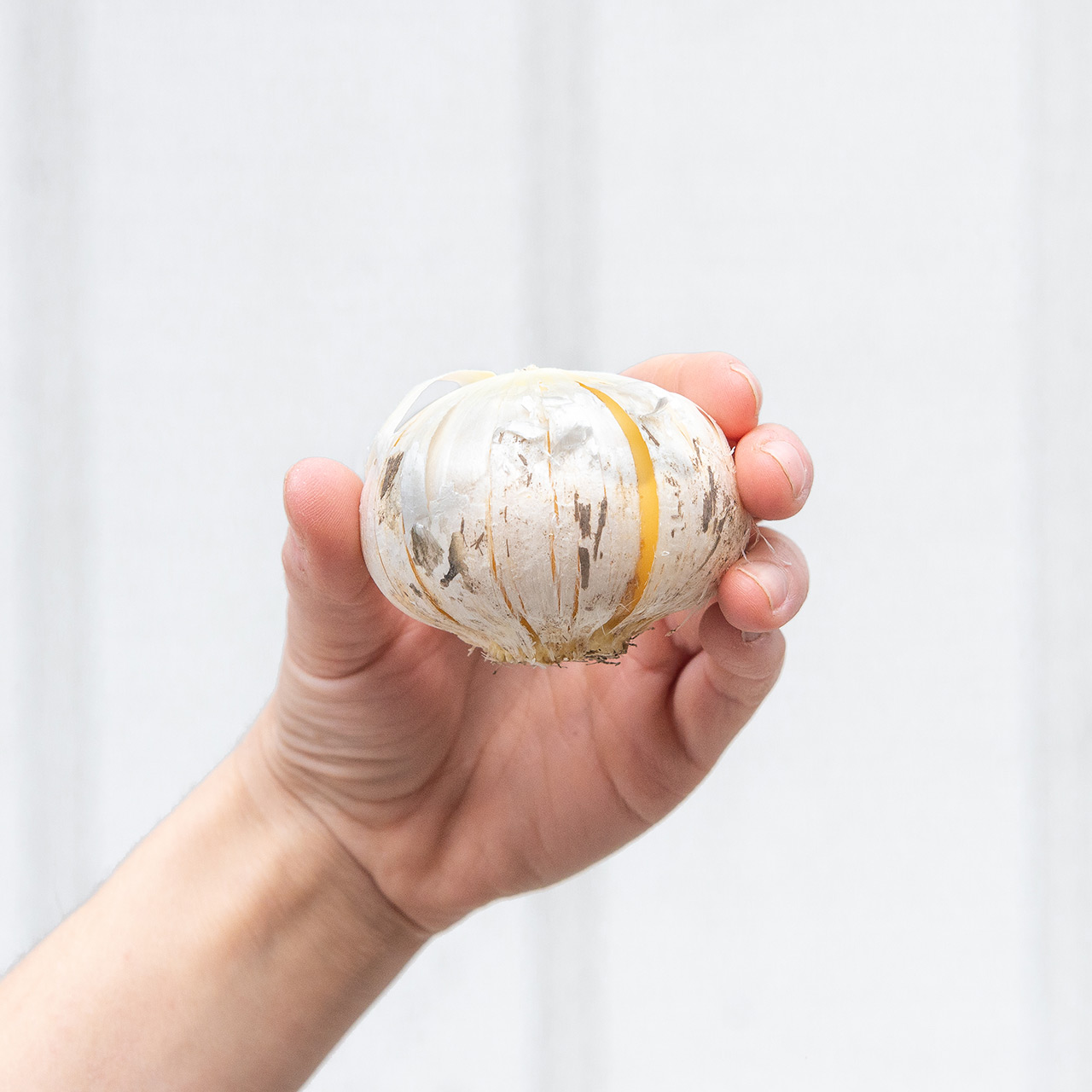
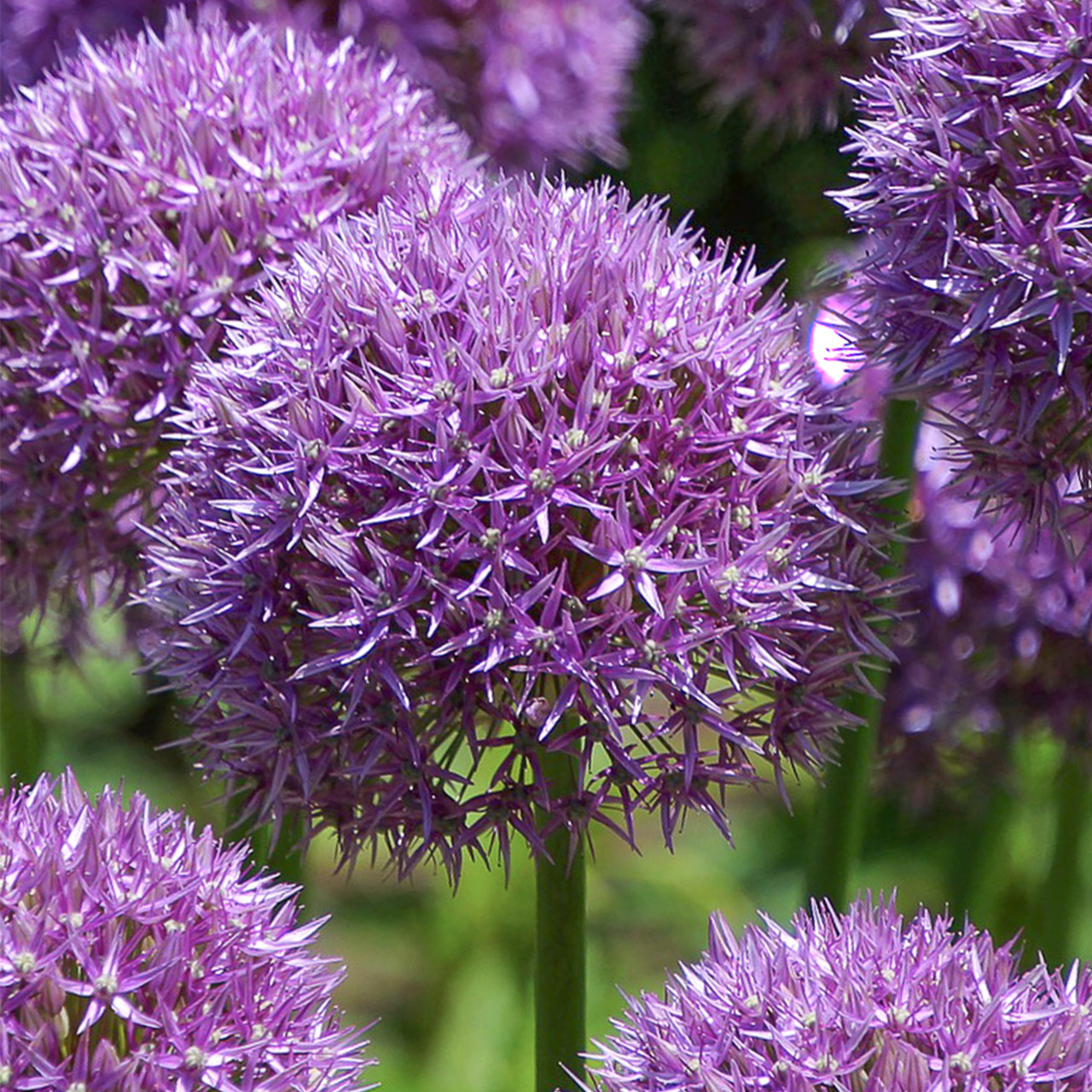
Alliums
Like a lollypop growing in your garden, an allium’s multi-flowered bloom sets high above the rest of the spring landscape on its tall, slender stem. Most alliums are late-spring bloomers and grow to around 18 inches tall, but some can reach five feet tall – giving young children the unique experience of being shorter than the whimsical blossoms. Alliums might remind you of something out of a Dr. Seuss book, but they add an interesting architectural quality to formal gardens too. Like their onion and garlic relatives, alliums don’t appeal to deer and rabbits, but their blooms are a favorite for bees and other pollinators. Most allium blossoms are densely-packed balls of tiny individual flowers in shades of blue, purple, and white but you’ll find other bloom styles too – including a cascading form and one that looks like an exploding firework.
Plant Fall Bulbs for Spring Color
The next time you visit this fall, stop by our Greenhouse and take a look at all the color and texture that spring-blooming bulbs can bring to your landscape. Have fun gathering your own special collection, or if you’d like suggestions, just ask. Our team is happy to point out what makes each of our fall bulbs unique and help you create a spring landscape filled with cheerful colors.

